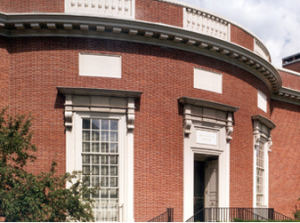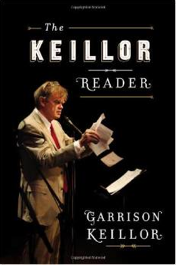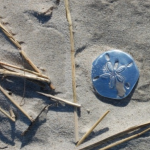 The Houghton Library at Harvard University is the main repository for Updike materials, and through May 31 you can catch a glimpse of those materials in a ground floor exhibition (Chaucer Case). Here’s the description:
The Houghton Library at Harvard University is the main repository for Updike materials, and through May 31 you can catch a glimpse of those materials in a ground floor exhibition (Chaucer Case). Here’s the description:
John Updike was in many ways an ideal Harvard student. He worked diligently at his studies, as evidenced by the marginalia recorded in the books he used in class (he graduated summa cum laude in 1954); he was an active member of the Harvard Lampoon, and served as president (nearly two-thirds of each issue during his senior year are attributed to him); he also remained a loving son, regularly writing amusing letters home to his parents in Shillington, Pennsylvania. Although Updike originally envisioned a career as an artist, there is evidence of the emerging professional writer; as a student, Updike received high marks on work that he would later submit to The New Yorker and other publications.
Updike began depositing his papers at Houghton Library in 1966; the collection was purchased by the library following his death in 2009. Updike meticulously shepherded his work through every stage of its publication, and the collection includes multiple drafts, prints and proofs of his novels, short stories, poems and essays, correspondence with colleagues, family, and friends, and Updike’s own copies of his books as well as books by other authors from his library.
The exhibition will be on display May 27, 28, 30 and 31. Click here for library hours.





